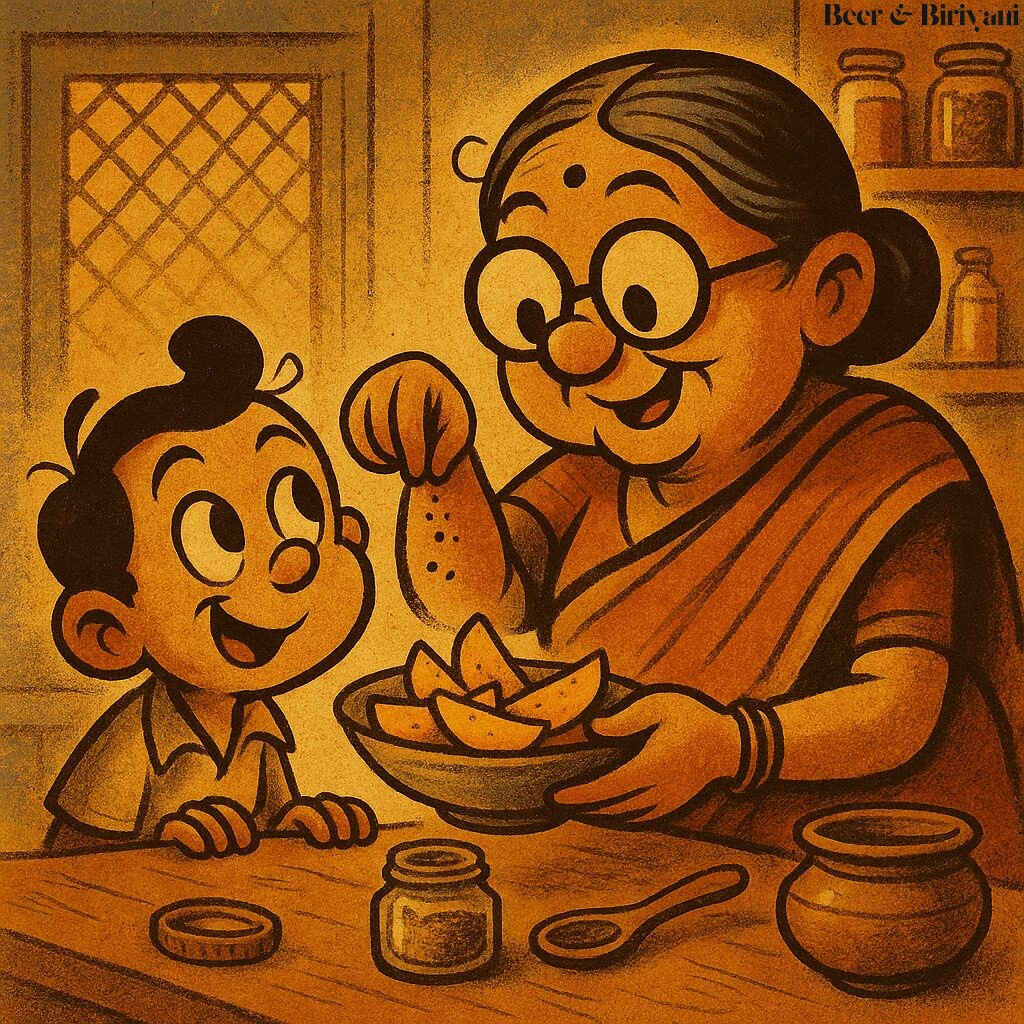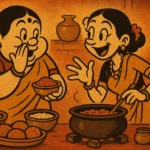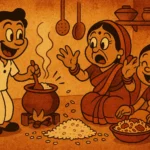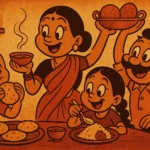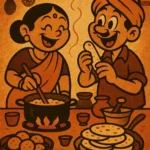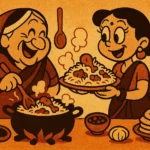In most kitchens, salt is just… salt. A white, pourable staple that sits in a shaker and quietly does its job. But in India, salt is plural. It has identities. Attitudes. Rituals. Even moods. Salt in an Indian home isn’t just seasoning. It’s medicine, symbol, and sometimes, sacrament.
I didn’t realize this until I moved to Austin and started cooking for myself. In my spice drawer was a box of regular sea salt—and it worked, sure. But my chaat lacked personality. My raita tasted flat. My pakoras didn’t quite finish the way they should. Then, on a trip home to Mumbai, my mother slipped a plastic pouch of kala namak into my suitcase like it was contraband. “You’ll need this,” she said, like a spy handing off a microfilm. And oh, I did.
Kala Namak: The Funky Finisher
Kala namak, or black salt, is the extrovert of Indian salts. It’s pungent, sulfurous, with a smell somewhere between boiled egg and volcanic rock. But when sprinkled over fruit chaat, mixed into a glass of jaljeera, or folded into yogurt, it becomes a miracle. It doesn’t just add saltiness—it adds depth, curiosity, conversation.
Its origins lie in volcanic rock salt, heated in kilns with charcoal and herbs. It’s long been used in Ayurvedic practices to improve digestion, reduce bloating, and balance the mysterious “fire” in your gut. It’s the kind of salt that isn’t afraid to smell a little odd if it means getting the job done.
Sendha Namak: The Sacred Salt
Then there’s sendha namak, the fasting salt. Milder, purer, and stripped of additives, it’s what you use during vrat—when you’ve given up everything else, but still need something to make that sabudana khichdi palatable. It’s mined, not processed, and considered “satvik,” or spiritually clean. Which is why it shows up in temples, in prasad, and in my mother’s carefully rationed fasting meals where flavor still finds a way to sneak in through tradition.
Sendha is also the salt of choice for the old-school remedies: a pinch in warm water for a sore throat, a dab on a lemon for nausea, a lick with ajwain when your stomach’s on strike. It’s the salt you don’t question. You just obey.
Namak Namak Hota Hai?
There’s also regular salt, of course—samudri namak or sea salt. Used in everyday curries, dal, rice, and pickles. But even here, there are hierarchies. In some parts of Gujarat, salt is harvested by hand from sun-dried pans and sold in block form. In Bengal, certain types of salt are preferred for specific pickles. In Tamil Nadu, coastal salt is airier, coarser. Each region has its bias. Each claims its salt makes the best sambar, or achaar, or murukku. And honestly? They’re probably right.
Salt as Symbol
Salt also has a strange symbolic gravity in Indian life. You never waste it. You don’t spill it. And you certainly don’t return it if someone gives it to you. It’s tied to rinha—a sense of karmic debt. Sharing salt with someone is sharing a bond. Refusing it, or discarding it, feels wrong on a cellular level.
My grandmother had a superstition that if you dropped salt, you had to immediately pick up a grain and touch it to your forehead to cancel out the bad luck. I still do this, without thinking. Because some salts you use with your hands. Others, with your gut.
The Salt of Memory
To this day, if I’m missing home, I’ll slice up a guava, sprinkle it with red chili and kala namak, and sit on my balcony like I’m twelve again, listening for vendors who aren’t there. Or I’ll mix sendha into chaas—that yogurt drink with cumin and coriander—and sip slowly until my tongue catches up to the memory.
We talk about spices with poetry. About turmeric’s healing or cumin’s warmth. But salt? Salt is quiet. Foundational. Taken for granted until it’s missing. It doesn’t steal the show. It builds it.
In Indian food, salt is not just seasoning. It’s a reminder of place, practice, and patience. Of how deeply flavor is connected to identity. And how, in a country of languages and climates and cuisines, even something as simple as a pinch of salt can tell a thousand stories.
Born in Mumbai, now stir-frying feelings in Texas. Writes about food, memory, and the messy magic in between — mostly to stay hungry, sometimes just to stay sane.

